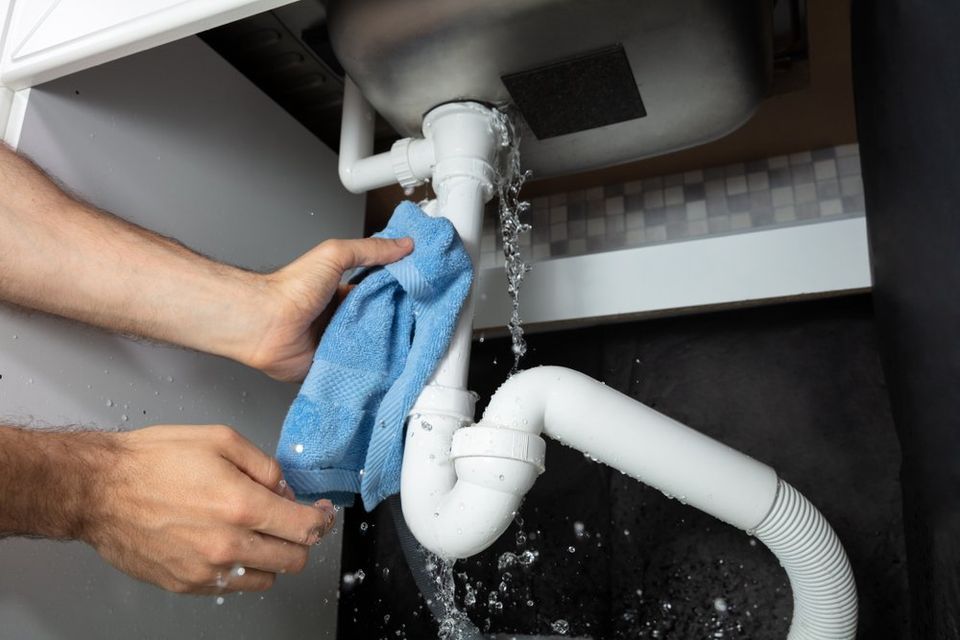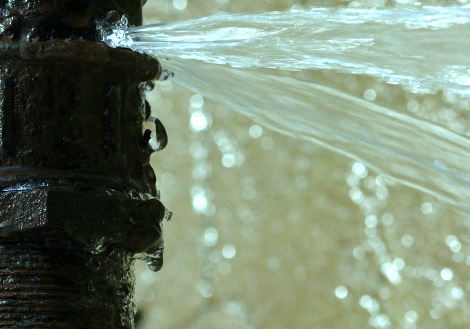How do you feel in regards to How to Prepare for Your Dishwasher Installation?

A ruptured pipe is a significant emergency; you can just stand as you enjoy water you pay dearly to rejoin with the planet. In worse situations, you notice a swimming pool on your cooking area floor, which is a great trip threat, specifically if you have kids around. If the pipeline that burst remained in your walls, problem: you might require to repaint that whole section.
Just how can a disaster like a ruptured pipe be stopped and also managed? Well, by listening to your expert emergency plumbers and also following these rules.
How do I know when my pipes have ruptured?
Rising and fall water stress
Pipes do not just burst in a day. You may have discovered that your cooking area tap or shower does not run instantly when you turn the faucet. It might pause for a few secs and then blast you with even more force than usual.
In various other circumstances, the water may seem typical in the beginning, then drop in stress after a few seconds.
Polluted water
Many people presume a ruptured pipe is a one-way outlet. Fairly the contrary. As water flows out of the hole or tear in your plumbing system, pollutants locate their way in.
Your water may be polluted from the resource, so if you can, examine if your water tank has any issues. Nevertheless, if your drinking water is supplied and cleansed by the city government, you must call your plumber immediately if you see or smell anything amusing in your water.
Puddles under pipelines and sinks
When a pipe bursts, the outflow creates a pool. It might appear that the puddle is growing in dimension, and also despite the amount of times you wipe the puddle, in a few mins, there's one more one waiting to be cleaned. Frequently, you might not have the ability to trace the pool to any kind of visible pipelines. This is an indication to call a professional plumber.
Damp walls as well as water spots
Before a pipeline bursts, it will certainly leak, a lot of times. If this persistent dripping goes undetected, the leakage might finish into a wide gash in your pipeline. One very easy way to avoid this emergency is to watch out for wet wall surfaces advertisement water stains. These water discolorations will lead you right to the leak.
Untraceable leaking sounds
Pipeline ruptureds can take place in the most unpleasant places, like within concrete, inside walls, or under sinks. When your house goes quiet, you might have the ability to listen to an aggravatingly relentless trickling sound. Even after you've checked your shower head and kitchen faucet, the leaking may continue.
Beloved visitor, the dripping might be originating from a pipe inside your walls. There isn't much you can do concerning that, except tell a specialist plumber.
Turn up the Warm
Set up followers to blow heat right into chilly rooms. Maintain the garage door closed. If you have lowered water circulation, warm the most at risk pipes (usually in cellars and crawl spaces or near outside walls) with a hair clothes dryer. Leave the tap on while you apply warmth. As you melt ice, the circulation will increase. To avoid pipelines from cold, shield your wall surfaces.
Begin Doing Away With the Water
Get hold of the mop, containers and also a shop vacuum to begin to get rid of the water since you certainly don't want it soaking right into every little thing else in the house. Plus, a quick clean up will certainly minimize the opportunities of something getting moldy.
What do I do when I find a ruptured pipeline?
Your water meter will certainly continue to run even while your water wastes. To lessen your losses, discover the primary controls and also transform the supply off. The water pipe are an above-ground structure at the edge of your residential property.
How to Fix & Detect a Leaking Pipe
How Do I Know if a Pipe is Leaking?
Leak detection tests can help you determine if your pipe has a leak. Even if you don’t see an apparent leak, you should still conduct leak detection tests regularly to save water and money—and prevent major damage to your home.
Water meter. It can be helpful to figure out what your usual water meter usage numbers are and then monitor them regularly. To monitor your meter, first, turn off all water faucets in your home. Check the meter and write down the numbers. In a few hours, check the meter again. If the numbers have changed, you have a leak. Water gauge. Use a water gauge to test your water pressure. Your showerhead should produce a certain amount of water pressure based on its model and design. If the pressure is lower than it is supposed to be for that specific showerhead, your home likely has a leak. Puddles. Look inside your bathroom, laundry, and kitchen sink cabinets. Puddles around the cabinets or around toilets, tubs, showers, and washing machines indicate the presence of a leaking pipe. You may also notice loose tiles, peeling or flaking paint, or mold caused by water accumulation. Napkin test. Even if you don’t see any puddles, you may still have a leak. You can test for water leaks in the bathroom, laundry, and kitchen by wiping below-sink connections with a napkin, paper towel, or piece of toilet paper. If it becomes damp, you probably have a leaking pipe under the sink. Discolored walls. Walls that are discolored—usually with brown or yellow stains—or bulging might mean that they have been impacted by water damage caused by a leaking pipe. Smell. A leaky pipe will create sitting water, and over time, that water may develop a musty smell. If your home smells musty, but you can’t locate the source, it may be due to a leak. Steps for Fixing a Leaking Pipe
A leaky drain can be remedied by tightening the pipe base, replacing the drain seal, caulking the rim, and tightening the pipe nut. Similarly, a leaking toilet pipe can be treated by tightening the packing nut. You may also need to replace the valve. A leaky faucet may just need tightening or replacement of the washers. If that doesn’t work, consider replacing your faucet. If your pipe has a hole in it, you may want to use a pipe leak sealer or pipe leak tape. This quick fix for water pipe leaks can also temporarily fix a copper pipe leak. https://www.ahs.com/home-matters/quick-tips/how-to-tell-if-pipes-are-leaking/

I'm certainly very serious about What to Know Before Installing a Dishwasher and I hope you liked the entire blog post. Are you aware of somebody else who is excited by How to Prepare for Your Dishwasher Installation? Do not hesitate to share it. I thank you for reading our article about How to Prepare for Your Dishwasher Installation.
Comprehensive support here.